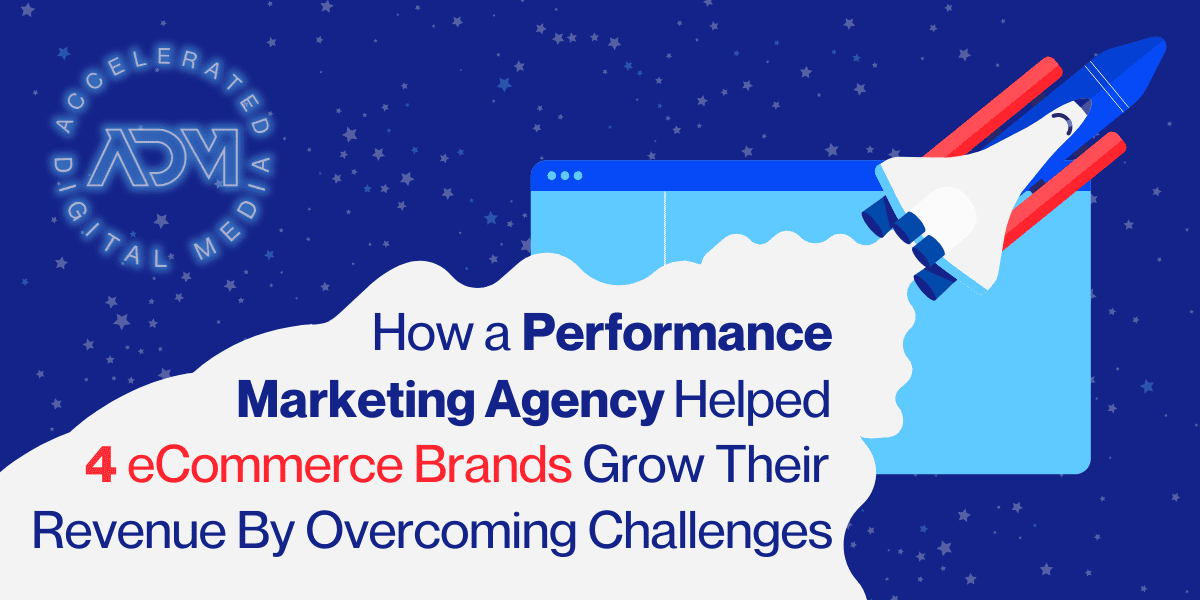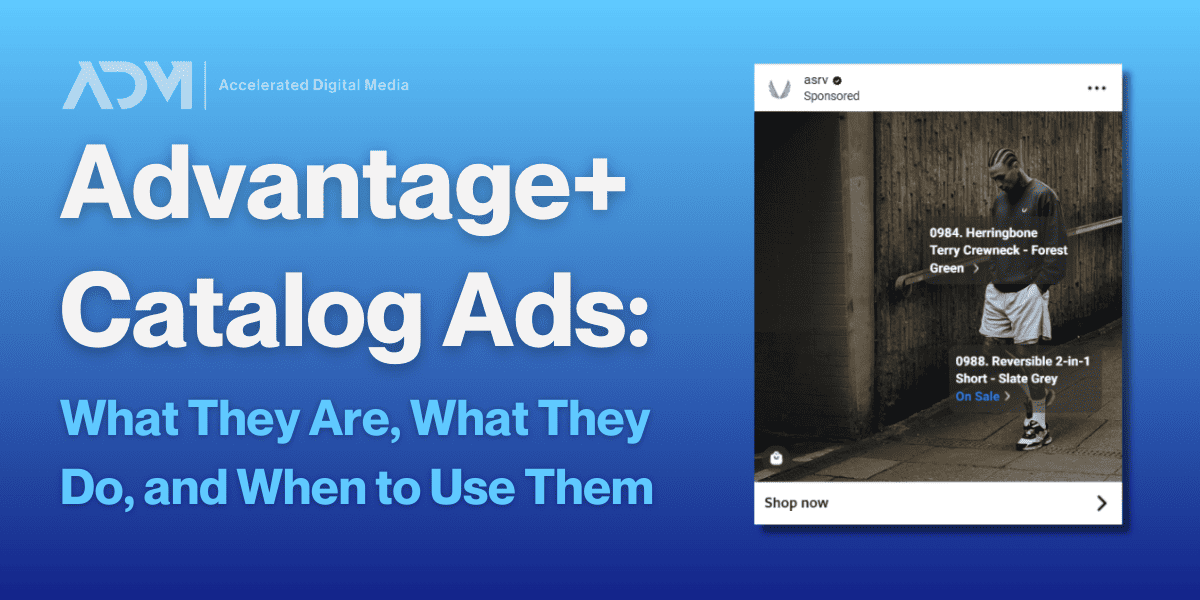Whoever first said “how the cookie crumbles,” probably wasn’t referring to internet cookies, but today the cookie is crumbling—or, more precisely, it’s deprecating. The main questions are: How did we get here, and why are cookies deprecating? It’s important to understand a little history of internet cookies, so for a quick primer check out this article covering the basics about cookies.
The state of cookies today
Third party cookies only exist on Google Chrome. Unlike Google Chrome, Apple’s Safari and Mozilla’s Firefox have long stopped supporting third-party cookies; however, over 65% of users live on Chrome. This means that a whopping 35% of internet use happens outside of Chrome, and that audience is already inaccessible via third-party cookies. We have seen advertisers largely ignore the impact of third-party cookie deprecation after it was introduced by Apple in its Safari browser, with many companies unintentionally biasing their spend towards Chrome users and leaving critical audiences behind—like those who use Safari, Firefox, or other browsers.
How did cookie usage change?
Third-party cookies used to be enabled by default, and users would have to disable them manually. Today, sites are required to ask permission from users before they can collect third-party cookies. Apple, in addition to disabling third-party cookies, has also:
- Hidden email opens
- Mandated that apps ask whether or not to track
- Implemented FaceID
- Tightened up cross-domain tracking
All of these implementations have impacted ad effectiveness in Meta Ads platforms. Facebook, which arguably has the most effective ad targeting platform, lost billions of dollars in advertising revenue after Apple made these changes (many believe this is at the root of Mark Zuckerberg’s beef with Apple’s Tim Cook).
Meta can no longer access specific customer data across Apple’s ecosystem through Facebook and Instagram. These limitations also diminish Tiktok, Snapchat, and other platforms’ ability to measure ad effectiveness.
Google is also killing third-party cookies—or…they aren’t? No, wait, they are, but later! In June 2021, Google first announced third-party cookie deprecation would come by the end of 2023. That date was recently pushed further to some time in 2024. The next technology to replace third-party cookie deprecation is still imperfect, leaving Google concerned about the cookieless future. Even with further delay, the writing on the wall is clear: total third-party cookie deprecation is imminent, and the time to start preparing for a cookieless future is now.
The impact on marketers
The cookieless world will fundamentally change digital advertising. The effectiveness of cookie-based targeting strategies will undoubtedly be difficult to replicate if advertisers cannot find new methods to follow and comprehend user behavior. While the impact on marketers may be wide-ranging and varied, these are the top four challenges we see (in no particular order):
- Less accurate marketing data will lead to poor campaign performance for marketers who are not prepared to reimagine their strategies.
- Goals and measurements will focus on probabilistic results (modeled conversions) instead of deterministic ones (truly tracked conversions).
- Marketers will have to learn to adjust their tactics to a new set of KPIs altogether.
- There will be an increased dependency on first-party customer data for digital success.
So, what does the cookieless future look like?
Without third-party cookies, marketers will need to rely more on first-party data. Google’s ecosystem is so vast that the company’s ad platform targeting capabilities were less affected than Meta’s when Safari and Firefox deprecated cookies. Google’s large array of platforms—Google search, Gmail, Youtube, Google Play, Android OS, Chrome, Google Cloud, Google Nest, Google Firebase, and Google Analytics— gives them a huge leg-up when it comes to first-party data for targeting and measurement.
Google Analytics 4, the latest installment of Google Analytics, uses first-party data and cookie-less signals to provide a reliable and trustworthy data source. This is why we at ADM prioritize GA4 implementation for all of our clients. If all goes according to plan, Google appears to have escaped relatively unscathed from the platform updates coming down the pipelines of privacy regulation.
Technologies like Universal Identifiers (UID) and Identifier for Advertisers (IDFA) are not third-party cookies, but designed to function similarly by allowing for some form of measurement in a privacy-safe way. They are not, however, as sophisticated as existing cookies for measurement and ad targeting purposes.
Conversion modeling, with the help of machine learning and artificial intelligence, is on the rise to fill the gaps in measurement efficacy. Modeled conversions are not perfect, 100% definitive, or indistinguishable from true tracked conversions in platforms, but they are a widely used feature in measurement across the AdTech industry and something we as advertisers have no control over as of today. We should expect more modeled conversions to be deployed as time goes on.
Should you switch to a cookieless solution, and if yes, when?
The simple answer is: Yes! Advertisers should already be looking for cookieless tactics to reach the audiences that aren’t on Chrome. Although most platforms (Meta, Snapchat, Tiktok, MMPs, AAPs, Google, etc.) are still developing ways to adapt to Apple’s privacy changes, the majority of players are inclined to update their SDK in order to enable the SKAdNetwork the privacy-safe option for measurement in Apple’s ecosystem.
There are already cookieless measurement and targeting solutions, and most of them are generally server-side. Some systems specialize in event-based methodologies that frequently pair with Customer Data Platforms (CDPs) solutions such as Segment, Amplitude, Tealium, and GA4 itself (with measurement protocol through Google BigQuery).
It is also imperative that advertisers start collecting their own first-party data. After all, first-party audience targeting tends to perform better than third-party targeting. Advertisers should develop a data pipeline to collects email addresses, phone numbers, and other information safely and transparently.
In the bid to make up for lost data due to privacy concerns caused by the loss of third-party data, Facebook is presently pushing for conversion API implementation (CAPI). CAPI, according to Facebook, will help to improve conversion measurement, increase Facebook’s event matching, and, more importantly, give you control over your shared data.
Google, despite all its advantage, is not coasting. It already introduced enhanced conversion measurement, allowing companies to send first-party, user-provided data that has been hashed from your website when a visitor converts. The data is then utilized to match your customers to Google accounts that were signed in at the time of Ad engagement.
In summary
The cookieless future is likely intimidating to many advertisers. Although the biggest player in the space keeps on delaying the inevitable cookie apocalypse, we are confident that the AdTech industry will welcome technology to eventually replace the effectiveness of third-party cookies. In the meantime, advertisers, marketers, and media agencies must adapt their strategies to a new reality. This adaptation can be done by focusing on new KPIs to drive campaign tactics, implementing new ad platform features built for the cookieless world, and exploring ways to better collect and use first party data.
We at ADM believe changes to the digital advertising ecosystem, such as the deprecation of third party cookies, are not setbacks. These changes are an opportunity for sophisticated brands and marketers to break away from the pack. Those that can innovate, problem-solve, and execute two steps ahead will find themselves a new competitive advantage. To learn more about how we are finding creative solutions to achieve our clients’ goals, drop us a line.




